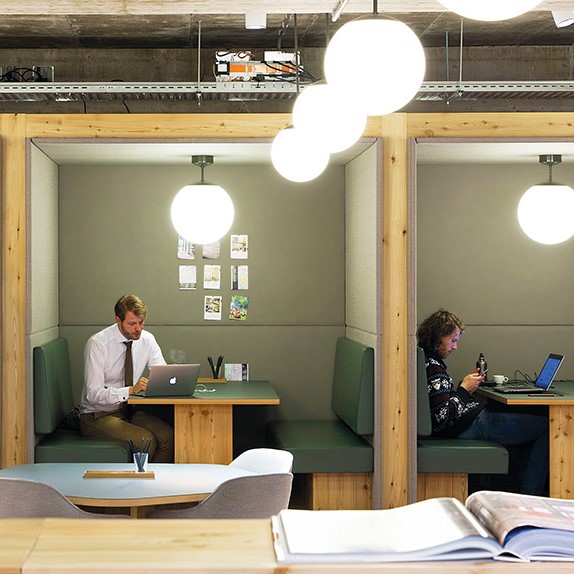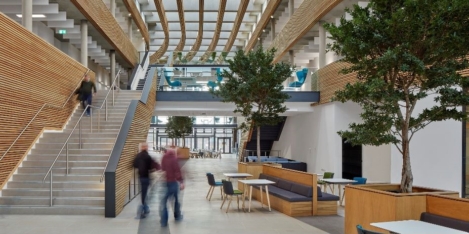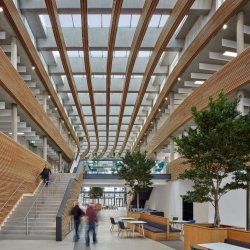March 27, 2018
Ageing population and low fertility rate is leading to European labour force shortage

Europe faces an increasing labour force shortage, which means that between 2017 and 2025, 184 out of 263 metropolitan areas from the EU-28 will record a negative growth rate in their working age population. According to a recent analysis by GlobalData this is due to a combination of lower fertility rates across most European Union (EU) countries, which is causing a reduction the growth rates of the youth population, while increased life expectancy is leading to a steady rise in the growth of the elderly population. But according to Ramnivas Mundada, Economic Research Analyst at GlobalData, ‘‘Measures such as increasing the levels of post-retirement employment opportunities, offering more support for women returning to the workplace and investing in youth employment, education and training could help to mitigate the impact of these demographic changes over the long term.’’

































June 6, 2025
Milan proves to be the perfect setting for an optimistic BCO conference
by Anna King • Comment, Property